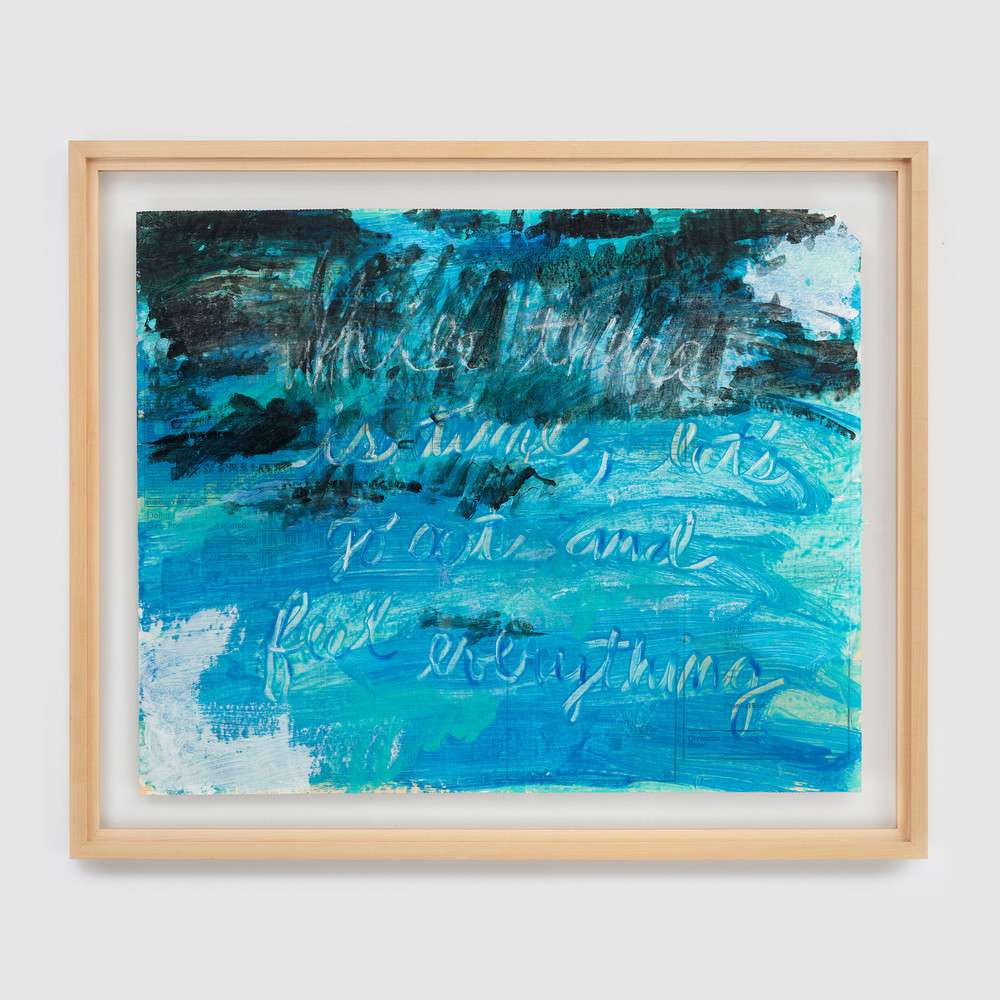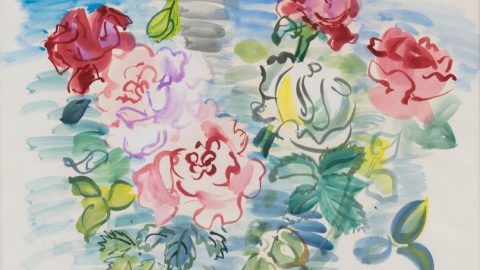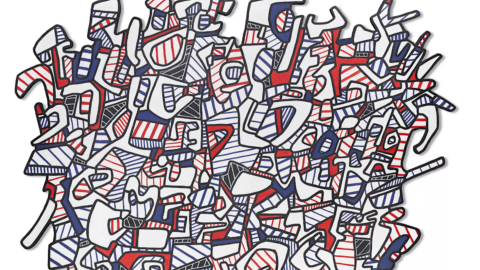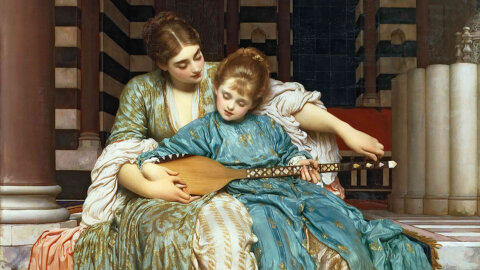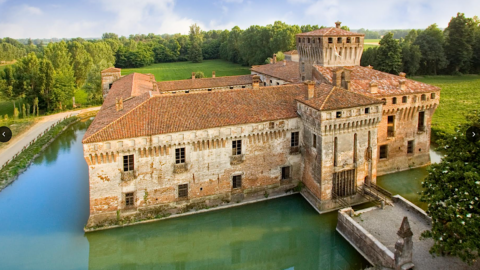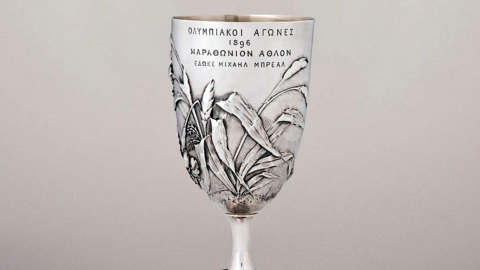Acquavella Galleries, Gagosian and Pace Gallery announce joint exhibition of works on paper from the esteemed Donald B. Marron Collection, belonging to one of the most passionate and learned collectors of the XNUMXth and XNUMXst centuries. There exhibition will be held August 12-20, 2020, at the newly opened Pace Gallery in East Hampton, New York. Following the three galleries' partnership with the Marron family to handle the sale of the late Donald B. Marron's private collection, this intimate presentation offers a glimpse into the coveted Marron estate of more than 300 masterworks acquired over six decades.
The exhibition will feature nearly forty works on paper including sketches and studies, as well as fully realized paintings and pastel pieces. Works on display range from early modern masterpieces by Henri Matisse, Raoul Dufy and Fernand Léger; to Ellsworth Kelly's nature studies and an exemplary acrylic from Paul Thek's latest series; to contemporary pieces by Mamma Andersson, Leonardo Drew, Damien Hirst, Jasper Johns and Brice Marden, among others. A focused presentation of Ed Ruscha's typographic and image-based designs and a selection of the inventive artist's books will complement the exhibition. Many of these works are being exhibited publicly for the first time since their acquisition.
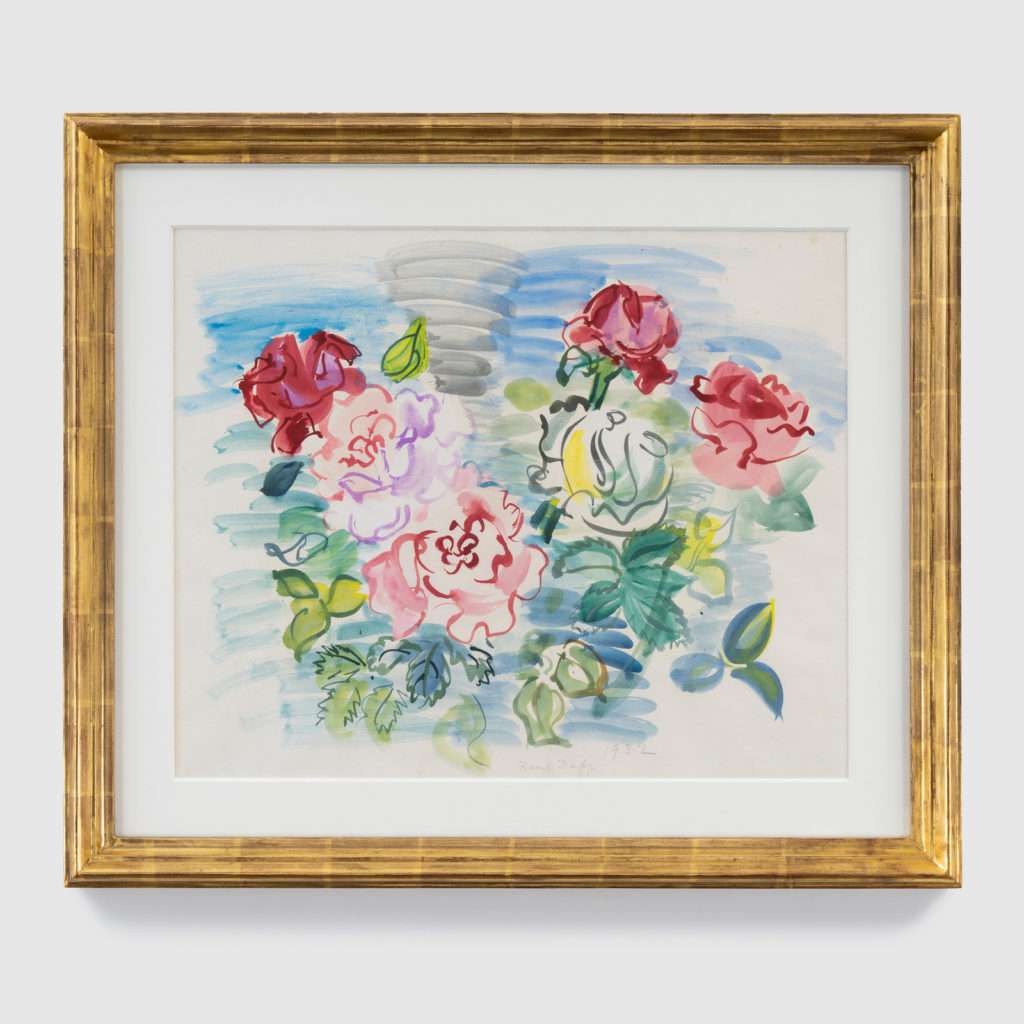
Works on highlights from the Donald B. Marron Collection include:
Two drawings by Brice Marden, including Butterfly Wings (2005), composed of rings of black ink that swirl but never escape the perimeter of the sheet. As Marden said of his drawings in 1979: “think of them as spaces”. In Butterfly Wings, Marden intentionally alters the space of the drawing, allowing vestiges of his making to remain visible to the viewer.
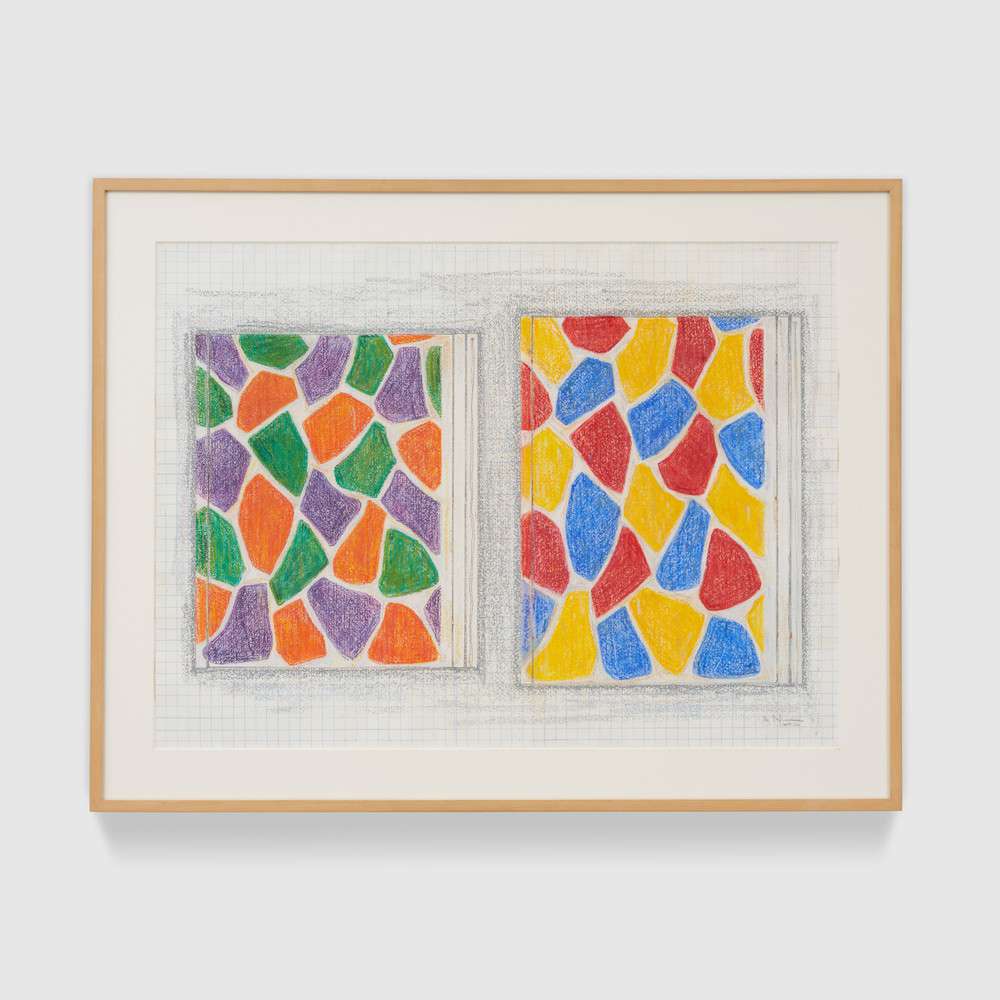
Two Paintings
2006 pastel, graphite and colored pencil on paper
22-13/16″ × 31-1/8″ (57.9 cm × 79.1 cm) 28-1/2″ × 36-1/2″ × 1-1/2″ (72.4 cm × 92.7 cm × 3.8 cm) , frames
Two late works by Jasper Johns, including Two Paintings (2006), which combines motifs now famous from the early years of his career – flags, maps, numbers and cross-hatching – with new ones, including a Harlequin costume, a piece of twine and flagstones.
Ellsworth Kelly's Burdock (1969) and Wild Grape (1960) from his series of plant drawings, which played a central role in his art. These plant drawings not only informed the artist's early paintings but are also the basis for his later work. As Kelly wrote of the series in 1969: “They are exact observations of the shape of the leaf or flower or fruit seen. Nothing is changed or added: no shading, no surface marks. “
Diaten Hirst's drawing Leviathan (2006), in which the artist reveals his initial plans for a monumental sculpture of the same title, enclosing the world's second largest shark in formaldehyde, its mouth gaping as if about to attack.
A drawing by William Kentridge developed as a preparatory study for the stage design and background animation for The Magic Flute, a production of Mozart's opera directed by the artist which premiered at the Theater Royal de la Monnaie, Brussels, in 2005 and subsequently toured around the world . In preparation for directing and code signing the play, Kentridge created two bodies of work, Learning the Flute and Preparing the Flute, from which he developed a central metaphor of darkness and light, expressed in the motif of the stage as machine from taken.
Paul Thek's rare acrylic newspaper drawing While There's Time, Let's Go Out and Hear Everything (1988), one of the last works the artist made before his death from AIDS-related complications at the age of fifty-five . In this atmospheric abstraction that evokes the early seascapes and “puddle paintings” that Thek made on the Italian island of Ponza in the late 60s and early 70s, the artist ponders his own mortality, but it does so in a typically extravagant way.
A recent interior scene and landscape watercolor by Swedish artist Mamma Andersson, whose work embodies a new genre of painting that harks back to late XNUMXth-century Romanticism, while also embracing contemporary interests in its combination of textured brushstrokes, loose washes, lines sharp graphics and suggestive colours.
A series of drawings by iconic California artist Ed Ruscha, including Honk (1964), one of Ruscha's earliest language-based artworks, as well as several other single-word compositions that have dominated the artist's work over the years 60s and early 70s, such as Red Yellow Scream (1964) and Holloween (1977). The collection also features some of Ruscha's groundbreaking artist books, who moved away from the craftsmanship and luxury status that characterized the artist's livre to focus on the artistic concept, opening the genre to the possibilities of mass production and distribution . Notable artists' books by Ruscha include Twentysix Gasoline Stations (1963) and Some Los Angeles Apartments (1965), among others.
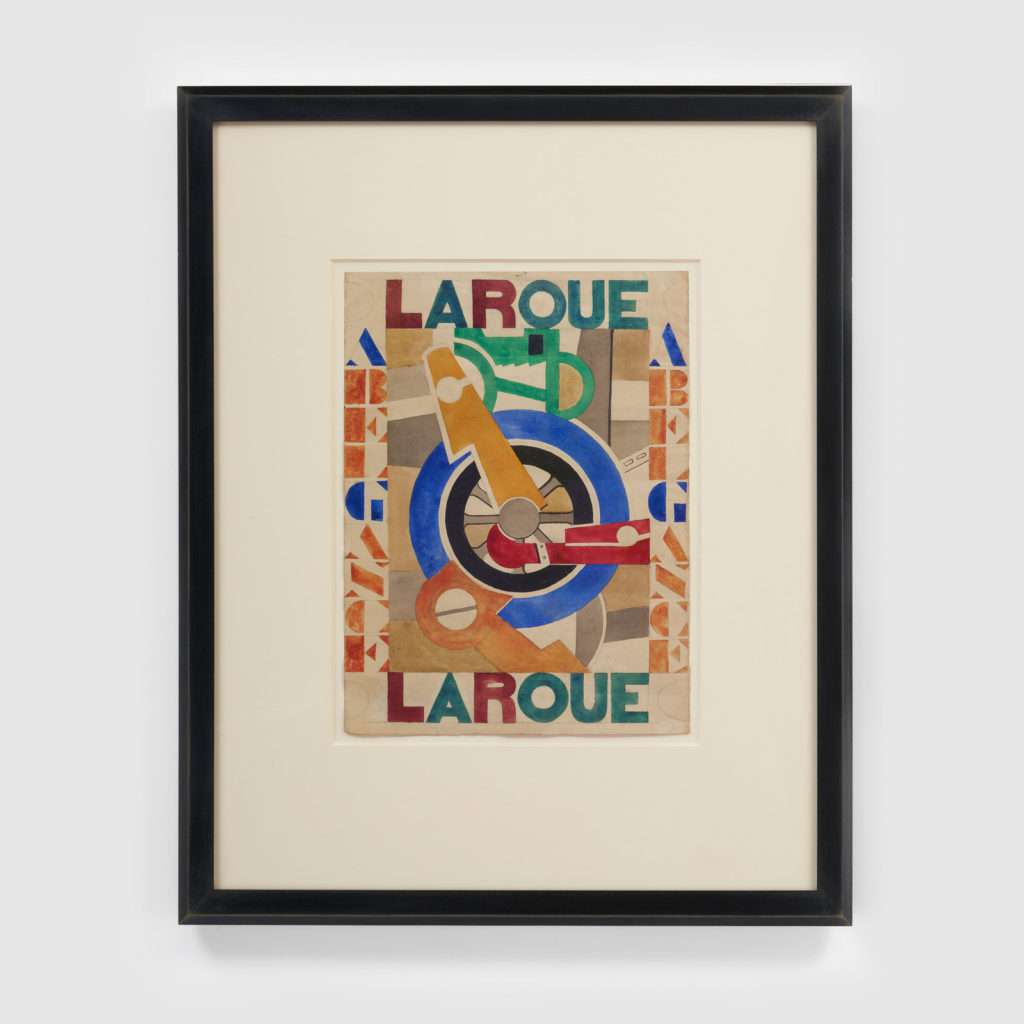
Learn More
Works on Paper from a Distinguished Private Collection will showcase the breadth of the Donald B. Marron Collection and pay homage to the legacy of Don Marron (1934-2019), including works from the family collection and loans from institutions. Marron had long personal relationships with Bill Acquavella, Larry Gagosian and Arne Glimcher, who helped build this important collection over several decades. The collaboration between the three galleries is the first of its kind and represents a new way for families to manage the sales of their collections.
